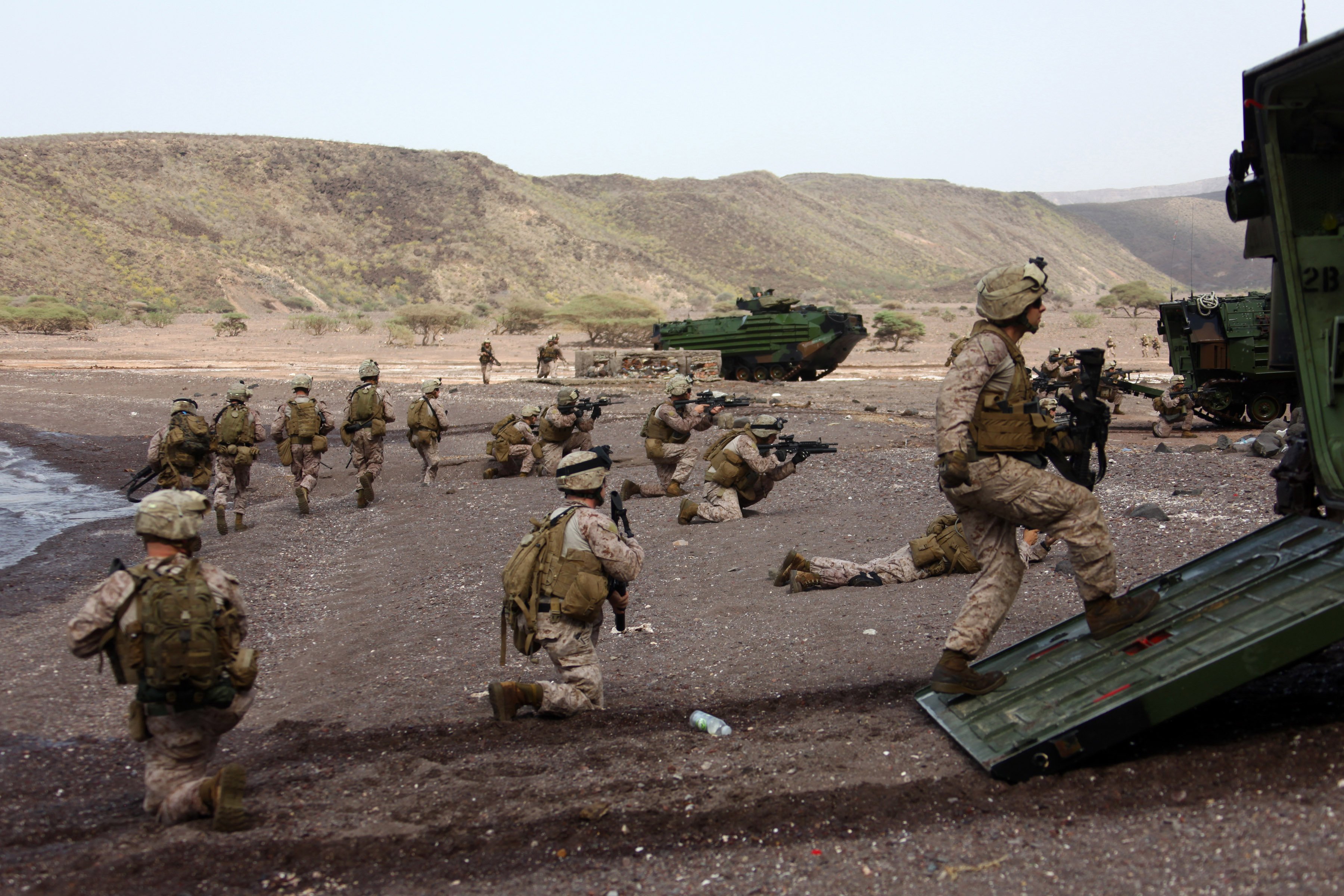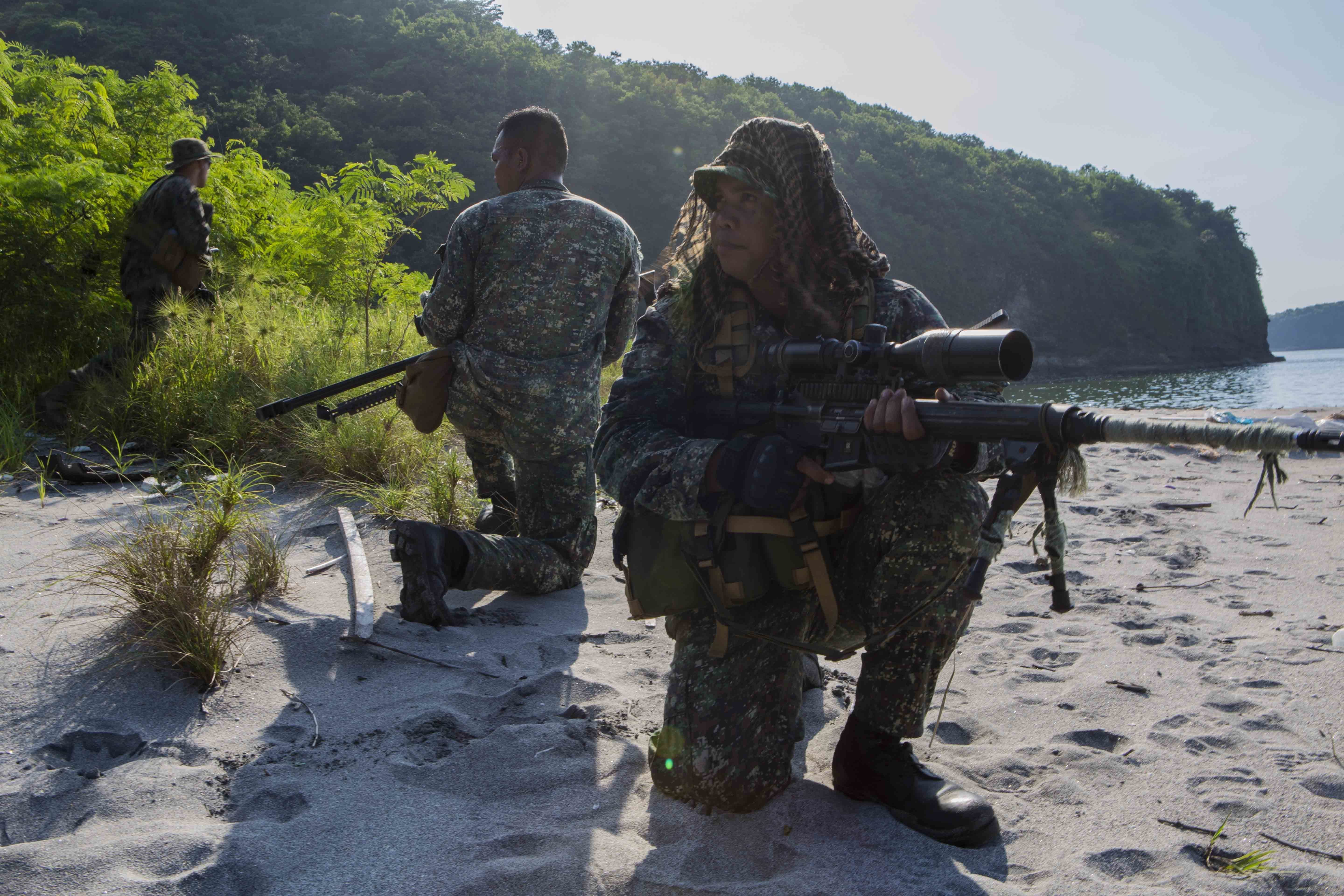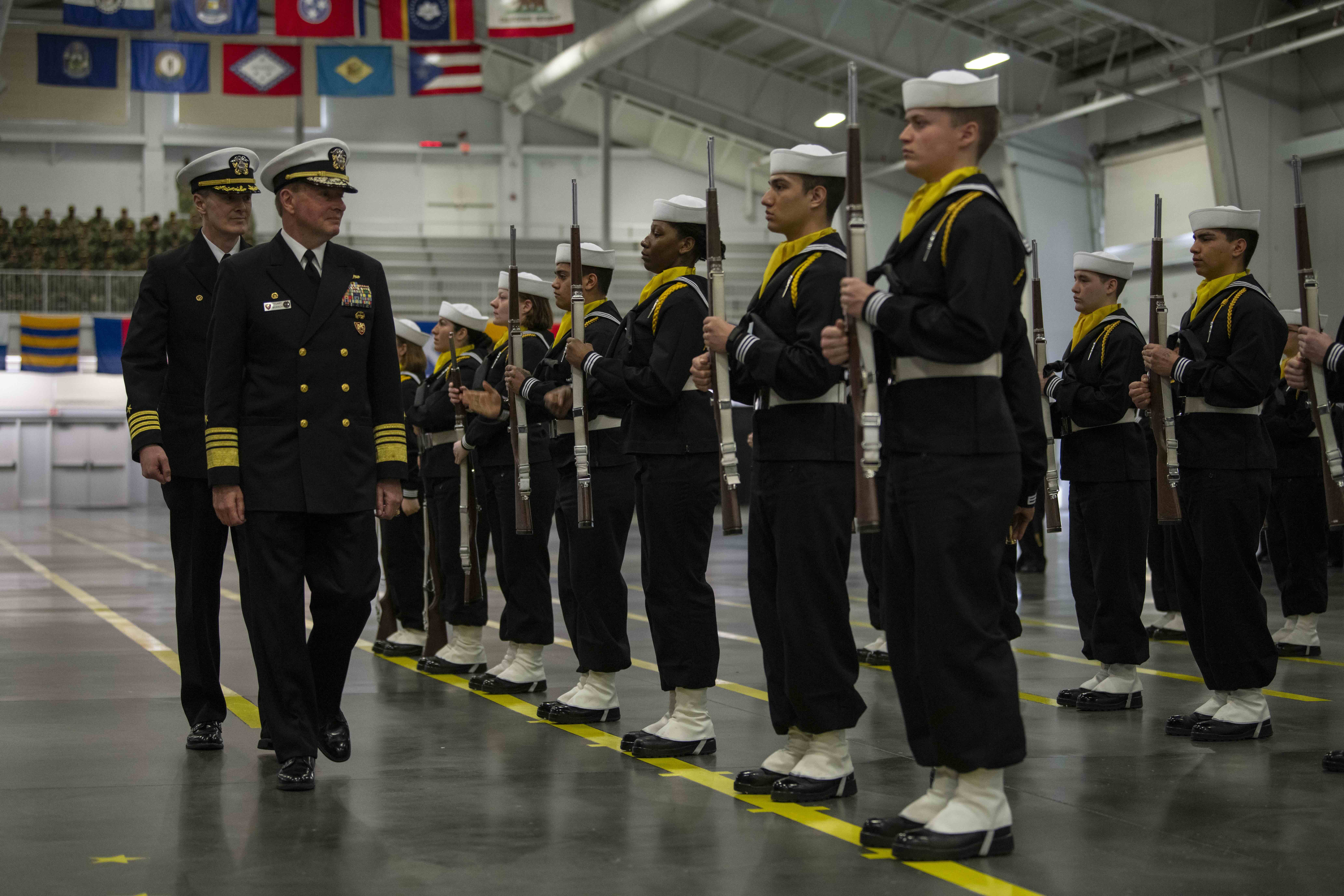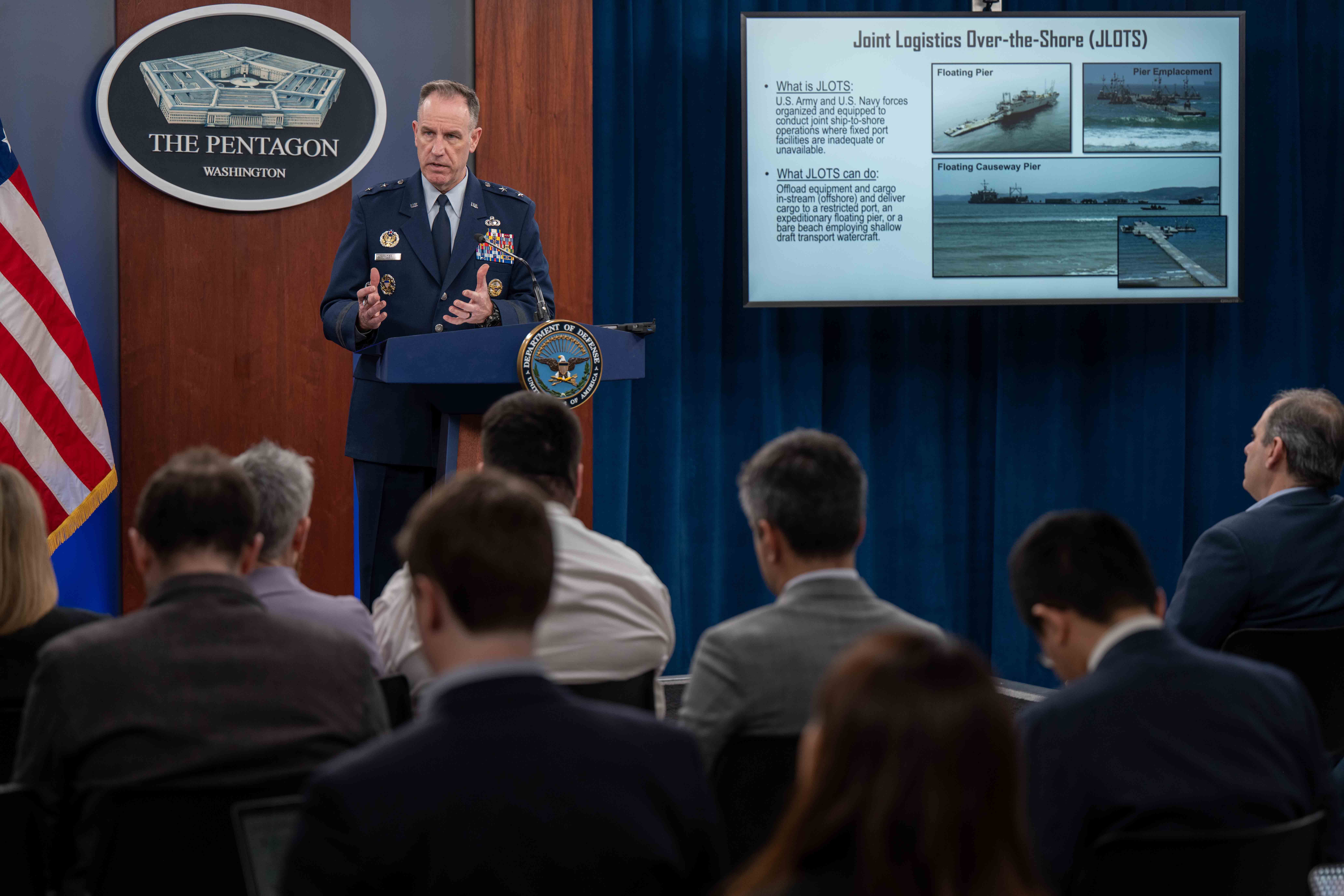
The Marine Corps cannot rely on new gear alone to be prepared for the next war that arises, but rather needs to train now for a future naval-centric battle in the age of information warfare, the commandant of the Marine Corps said last week.
Gen. Robert Neller, speaking at a Marine Corps Association awards dinner, said May 5 that he did not want the Marines today to “[fall] into the trap of training for the last fight” and instead wanted to begin tailoring training towards amphibious operations in coastal regions, with precision fires and unmanned aerial vehicles (UAVs) controlled at the company or even squad level.
“What’s the next fight going to be?” Neller asked.
“Inevitably we’ll guess wrong, but I think there’s some things we can say about what that next fight’s going to be. I think it’s going to be based on a maritime campaign: we’re going to fight with the Navy, we’re going to come from the sea, we’re going to seize some sort of naval base or maybe forward operating base. We may have to defend it against an enemy maritime threat. There may be eventually on that lodgment … sustained combat ashore. But I think our enemy is going to be different, I think it’s going to be a near-peer enemy. The enemy’s going to be networked, they’re going to jam our comms.”
Neller said that while operating in Iraq and Afghanistan, anything less than perfect communications, intelligence and airspace access was an anomaly that drew surprise and irritation. In the future, jamming and area denial will be a given, as will the presence of enemy UAVs to counter.
And, he said, the conditions will be ripe for “much higher” casualties.
“So I think it’s going to be a very different fight. And that should affect how we’re going to not just equip and organize the force, but how we’re going to train. We need to start making moves towards that now,” Neller said. He noted the major aviation readiness restoration effort, as well as modernization efforts on the ground combat vehicle and weapons side of the service – but the next war may break out before the Marines’ are equipped with their full buy of next-generation gear, so training for the future fight should begin now with today’s equipment.
“We can buy all the gear we want,” he said, but “when we go to war, whenever that is – and it’s not a matter of if but when – we’re going to go with the gear we’ve got. And no matter what we have, we have to be trained.”

Leveraging simulation in training will help, Neller said. The aviation community takes full advantage of simulators, practicing extensively in a virtual environment before ever testing out new maneuvers or hardware in the sky. The ground community is far behind on using this technology, he said, which will have to change going forward.
And more advanced force-on-force training could help Marines prepare for the unexpected, Neller said – forces shouldn’t train for ideal conditions, they should be challenged by equally expert Marines and restricted in their movement, communications and intelligence “so when it happens [against an adversary] we already know it’s going to be there and we’ve already figured it out.”
Overall, Neller said the Marines have had mixed success training for the right war during his 40-year career. When he was commissioned in 1975, a post-Vietnam Marine Corps continued to train for Vietnam-like operations.
“Most of the scenarios were Southeast Asia, most of the things were patrolling – it was good training, I mean we did tank infantry, we were in a [battalion landing team], we did combined arms, but it was a lot of stuff that they knew (from Vietnam),” Neller said.
“And then we went in the ‘80s and Gen. (Paul) Kelley and Gen. (Alfred) Gray transitioned us to train against the Soviet threat – and we got heavier, we got more anti-tank weapons. … As it turned out in Desert Shield/Desert Storm, it was a pretty good guess because that was the adversary – not quite as capable as the Soviet Union, but we were ready for that fight. … And then 9/11 rolled around, OIF 1 (Operation Iraqi Freedom), it was more of a conventional fight, combined arms, maneuver warfare, displacing the [command post] – and I think we were in a pretty good place, we had trained, we were ready for that. And then everything changed – we went to a stability fight, a counter-insurgency fight, no more maneuver … it was very different, and now we’re where we are today.”





